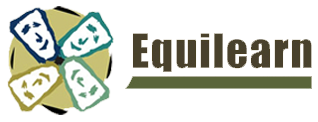Coaching Skills Inventory & Personal Development Plan
Coaching Skills Inventory
Using the rating scale: 1 = High Confidence, 4 = Area For Development
Coaching Skills Inventory Self-Assessment
Contact Us
We will get back to you as soon as possible.
Please try again later.
Personal Development Plan
After reflecting on the scores you awarded yourself on the page 1 inventory, using the template below build a personal development plan. You will want to focus any areas where you scored yourself -1- but we recommend that this should not be a 'deficit' model. As a result, you may want to select areas where you have already achieved a high degree of confidence and capacity for continuing refinement.
Record your area of development with objectives, what/ how you will approach upskilling in this area, plus, the anticipated outcomes.
Contact Us
We will get back to you as soon as possible.
Please try again later.
The same thing drives every leader: achieving a shared goal, nevertheless, how they communicate or pursue this shared goal varies.
In order to build on these layers it’s important to learn what your ‘default leadership’ style is, by taking our leadership assessment we’ll have a baseline to work with, while helping you identify your dominant style.
Leadership is a combination of both style and substance, varying from personal to person with multiple layers.
Contact us
If you want to learn more about our fit-for-purpose services to assist in the development of talent and potential, please contact us using the simple form below.
Contact Us
We will get back to you as soon as possible.
Please try again later.
All Rights Reserved | Equilearn Ltd | Website by Infoserve | Cookies & Privacy Policy
